
Susan views the world through a lens of spirituality, health,…
In the tradition of yoga, everything has prana, or life force energy. You take prana into your body through your breath. Which is why pranayama, or breath holding and control techniques during asana and meditation are important to practice regularly.
Prana can be further subdivided into the five vayus, literally translated from Sanskrit as “winds.” These different winds are part of your subtle or energetic anatomy which you can learn to feel and control.
Through pranayama, you can learn to master self-control over the vital energy forces that help you function through life. By understanding what the five vayus are and how they work in your system, you can take charge of your own inner energies for physical, mental, and spiritual health and other benefits.
Prana and the Subtle Body
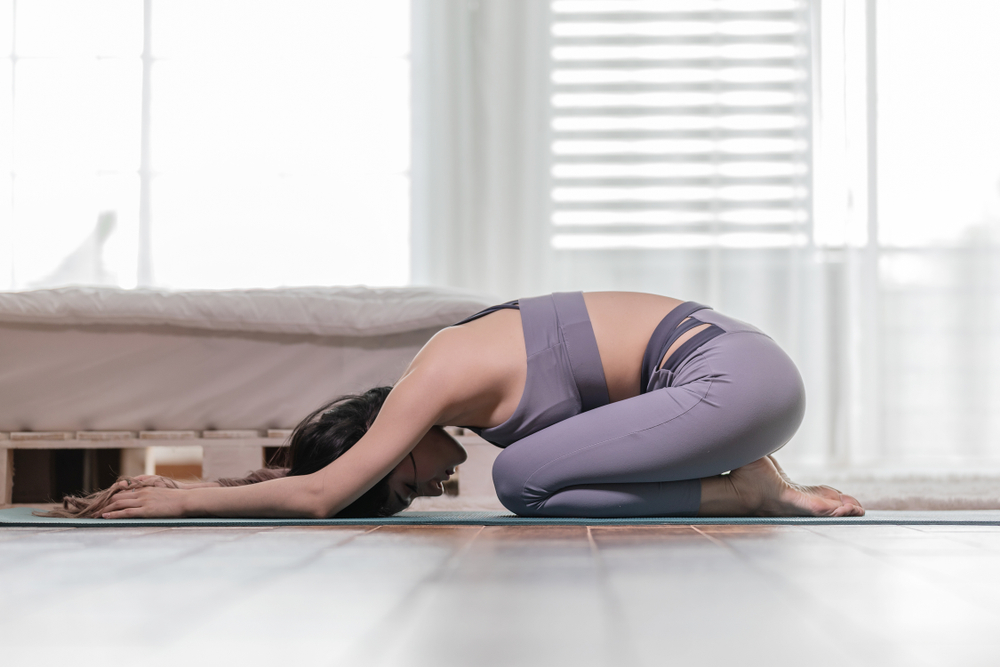
Yogis believe that understanding and controlling prana in the body is key to maintaining equilibrium and living in zero resistance to all of life’s ups and downs. The practice of yoga, as recorded in the Yoga Sutras of Patanjali, is all about how to quiet the mind, which can be done by knowing how to control your own energy, or prana.
Prana flows through all things, living and inanimate. In your system, it exists in your physical and subtle body. It flows through rivers in your energetic anatomy called nadis. The three main nadis are located along your central channel and it’s where most of your physical, mental, and spiritual health can be monitored and controlled.
The 3 Nadis

The three main nadi’s along your central channel are sushumna, ida, and pingala.
Susumna is the central river which begins at the base of your spine and exits out the crown of your head.
Ida and pingala are associated with the left and right sides of your body, respectively. But they actually crossover sushumna to create a DNA helix-like shape. The areas where the left and right nadis intersect create energy centers, or chakras. Like sushumna, these nadis begin at the base of your spine and exit out the space between your left and right nostrils and your left and right eyes.
The 7 Chakras
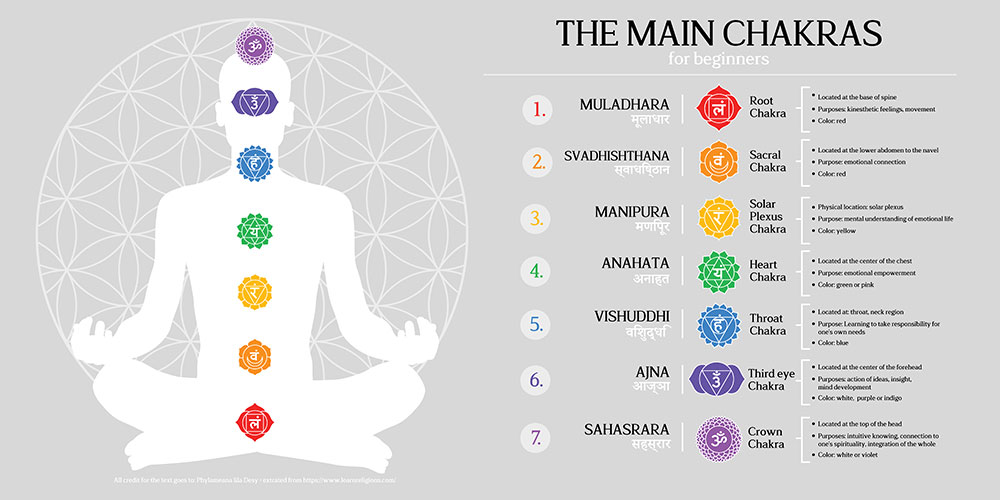
The chakras are like home bases for the five vayus. There are as many as 72 thousand chakras or meridians or energy centers in your system. But you can most easily practice bringing your awareness and focus on the most well-known chakras: The seven main chakras located along your spine.
Through the practice of presence and awareness on each chakra point, and regular practice of pranayama, you will be able to direct and control the winds that flow through your system.
These are the seven main chakras of the human body and a brief overview of what they govern:
- Muladhara Chakra – Root Chakra – balance in this chakra gives you security and groundedness.
- Svadhisthana Chakra – Sacral Chakra – balance in this chakra gives you a sense of your individual self and your innate power of creation.
- Manipura Chakra – Solar Plexus Chakra – balance in this chakra gives your confidence and initiative to take action.
- Anahatha Chakra – Heart Chakra – balance in this chakra allows you to live with compassion, trust, and the ability to connect with others.
- Vissudha Chakra – Throat Chakra – balance in this chakra gives your confidence to speak your truth and expand yourself creatively.
- Ajna Chakra – Third Eye Chakra – balance in this chakra allows you to put trust in your intuition and connect to your higher spiritual pursuits.
- Sahasrara Chakra – Crown Chakra – balance in this chakra gives you the ability to connect to the universal consciousness and drives your purpose for life.
Understanding the nadis and the chakras is important to reach optimum health and to activate the energy that rests at the base of your spine.
This energy is called kundalini. Ancient yogis believed that it normally lies dormant like a coiled snake. When it is activated, it rises up the central channel, passes through each of the seven chakras, and lets your reach states of samadhi or enlightenment.
Pranayama and the Vayus

Vayu is how prana manifests in your body. They are energetic forces that move in specific directions to maintain bodily balance, function, and health. The five vayus have a unique signature and reside in different chakras.
Yogic texts describe as many as 49 vayus in the human system, but of these the five main winds are the focus of a yoga practitioner to activate for free-flowing prana.
Balance in these chakras through control of the vayus result in proper functioning of your system both physically and psychologically.
Disorders of the vayus result in disease and disharmony in your entire system which affect your quality of life in the present and in your next reincarnations.
Why It’s Important to Keep The Energies in Balance
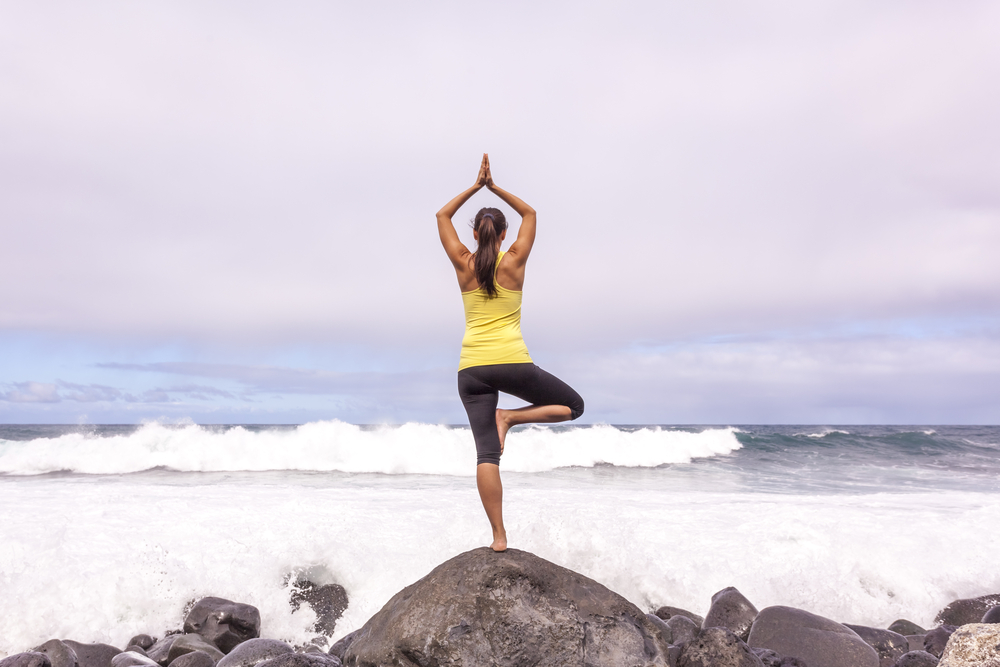
To yogis, the energetic body is just as important, or even more so, than the physical body. In these modern times, so many programs exist to keep healthy physically – exercise classes, diet plans, and even modern postural yoga classes focus more on the physical rather than the energetic.
But when your vayus are healthy, balanced, and functioning properly, prana flows freely through your body. This allows you to be mentally and spiritually stable. Karma from your past and current existence won’t stick to you easily and you will be able to shed attachments and come closer to ending the cycle of suffering for your consciousness.
According to Sadhguru of the Isha Yoga Institute, too many people these days are psychologically imbalanced even though not everyone may have an official diagnosis of it. But through pranayama, you can keep your energies in balance and stay healthy on all levels.
The Five Prana Vayus of Yoga
The five prana vayus, also called pancha vayus, have specific movements in the body and are located in specific areas of your anatomy. Each one functions in a way to ensure your body mechanisms are working properly for optimum health so vital life force can flow freely.
Prana Vayu
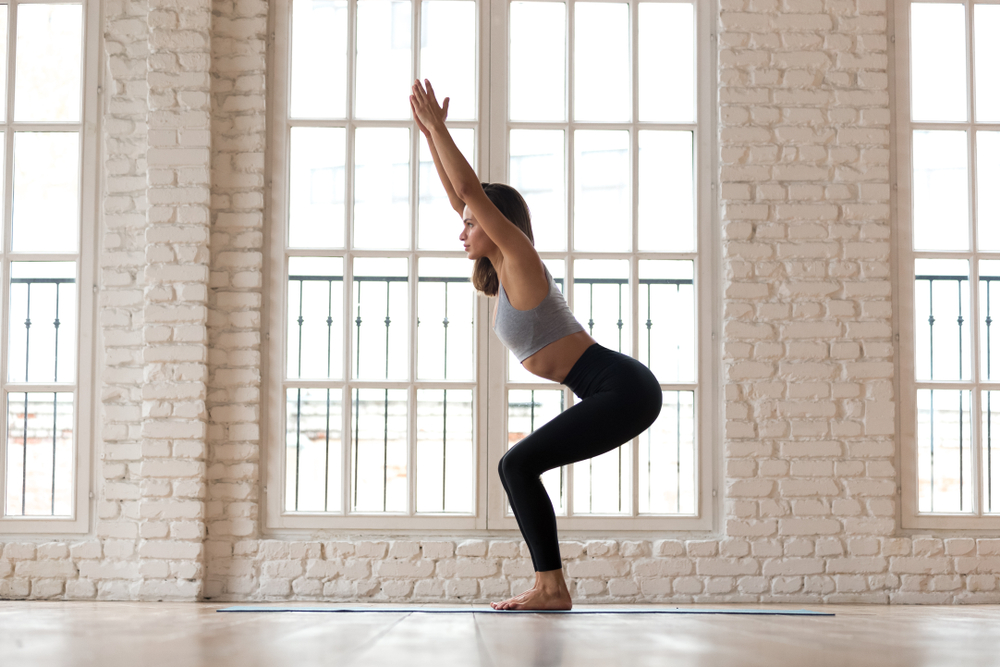
The first of the five vayus is Prana Vayu. It is considered the most fundamental because it feeds energy into the four other vayus.
It is located in your Sahasrara and Ajna Chakras and spreads all over your Anahatha Chakra and entire chest area. The movement of this wind is inwards and upwards.
When Prana Vayu is stagnant, stuck, or imbalanced, you feel unfocused and anxious. Physically, you may suffer from shortness of breath and a poor immune system in general.
Some yoga asana to help concentrate your mind on Prana Vayu are:
- Talasana or Palm Tree Pose
- Virabhadrasana I or Warrior 1 Pose
- Utkatasana or Chair Pose
- Any backbending and heart-opening asana
Some pranayama practices to use in conjunction with asana are:
- Ujjayi Pranayama or Ocean Breath Technique
- Bhastrika Pranayama or Breath of Fire
- Nadi Shodhana or Alternate Nostril Breathing
Apana Vayu

Apana Vayu flows in the Muladhara Chakra. It is located in your pelvic floor region and spreads throughout your lower abdomen. Its movement is downwards and out so it is especially important in the elimination of waste from your system.
Apana and Prana Vayu are considered the two most essential winds in your subtle body.
Disorders of this vayu manifest as problems in your urinary tract, bladder, colon, pelvis, digestive system, kidneys, intestines, and elimination processes of your body.
These are yoga poses that help strengthen apana vayu:
- Uttanasana or Forward Folds
- Parivrtta Sukhasana or Seated Twists
Pranayama and other practices that can support this wind are:
- Nauli Kriya or Abdominal Massage
- Ashvini Mudra or Contraction of the Anal Sphincter
- Mula Bandha or Root Lock
- Agni Sara Kriya or Fire Essence Purification of the Abdomen
Vyana Vayu

Vyana Vayu is located in your Anahata Chakra and lungs. But it is ruled by the water element which makes it connected to the Svadisthana Chakra too. This wind moves throughout your whole body. It starts from your center and spreads to your periphery.
Since it is connected to the flow of water, it governs the circulatory systems of your anatomy.
When vyana vayu is weak, you may feel alienated, disjointed, and have fluctuating, rambling thoughts.
Activate this wind in your body with these yoga poses:
- Any side bending asana
- Surya Namaskar or Sun Salutations
- Savasana or Corpse Pose
Experience and strengthen vyana vayu with the following techniques:
- Kumbhaka or Breath Retention
- Closed eye seated meditation with your spine long
- Vinyasa movements
Udana Vayu
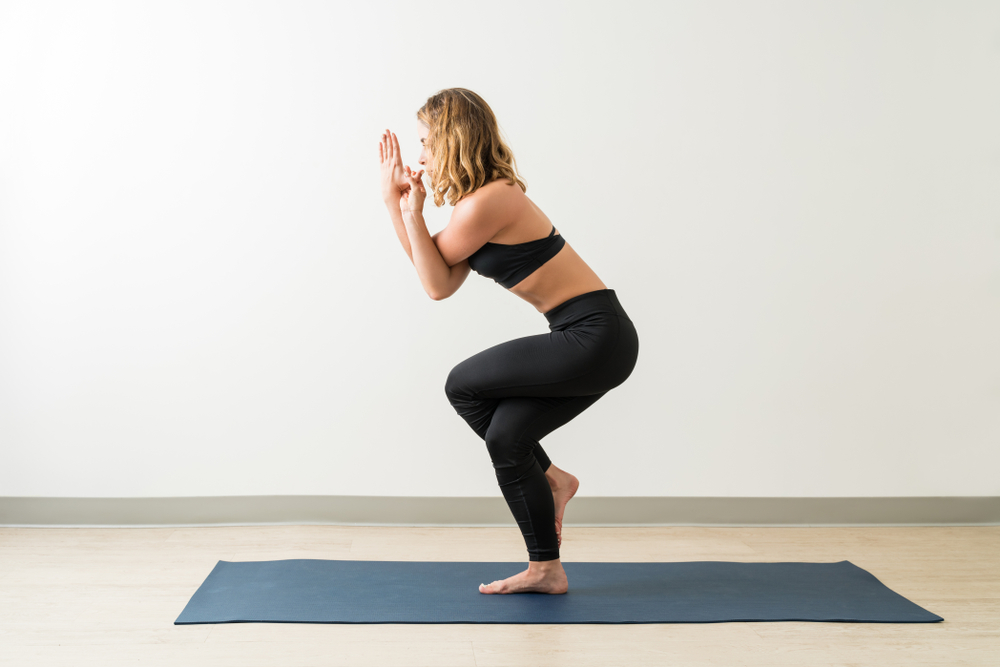
Udana vayu is located in your Vishuddha Chakra and circulates in your head and neck. It moves in an upward motion and directs growth. It also helps maintain your body in an upright position.
When this vayu is strong, you will be able to work from a place of higher vision and self-transformation. At the time of death, it is this wind which draws your consciousness out of your physical body and into the universal field.
Disorders of this vayu cause problems in your head, neck, and throat. It can also keep you stagnant, physically, professionally, and spiritually.
Activate your udana vayu with these yoga asanas:
- Virabhadrasana or any of the Warrior Poses
- Garudasana or Eagle Pose
- Paschimottanasana or Seated Forward Fold
- Any backbending asana but especially belly back bends
Practice feeling udana vayu with this exercise:
- Standing or seated closed eye meditation with our awareness in your head and neck
Samana Vayu

Samana Vayu is centered in your navel. So it is mainly located around Manipura Chakra. This connects it with the element of fire and it governs the digestion and assimilation of energy and everything else that you put into your body.
The energy of this wind is balancing and its movement is from the periphery towards your center.
Disturbances in samana vayu manifest in your system as digestive issues, diarrea, poor judgement, lack of motivation, and low self-esteem and confidence.
Strengthen the fire of samana vayu with these asana:
- Any supine twisting postures
- Chaturanga Dandasana or Eight Limbed Staff Pose
- Planks
- Any arm balancing pose
Practice this pranayama and other techniques while in asana to bring more focus on this balancing air:
- Kapalabhati Pranayama or Breath of Fire
- Uddiyana Bandha or Upward Abdominal Lock
- Agni Sara Kriya or Fire Essence Purification of the Abdomen
Conclusion
Sometimes, the vayus in your system can become unbalanced or out of sync. This can cause physical and emotional disturbances in your life. But different yogic practices can help you to keep in better touch with your energetic system.
Asana, pranayama, and different visualization, awareness, and meditation practices can help you learn to control your body and quiet your mind. In this way you will be able to allow prana to flow in your system freely through the five vayus.
Fully functioning vayus result in balanced chakras and a healthy overall life.
What's Your Reaction?
Susan views the world through a lens of spirituality, health, and compassion. Her positive outlook on life shines through her writing, which is heavily focused on yogic living, meditation, and conscious eating.














